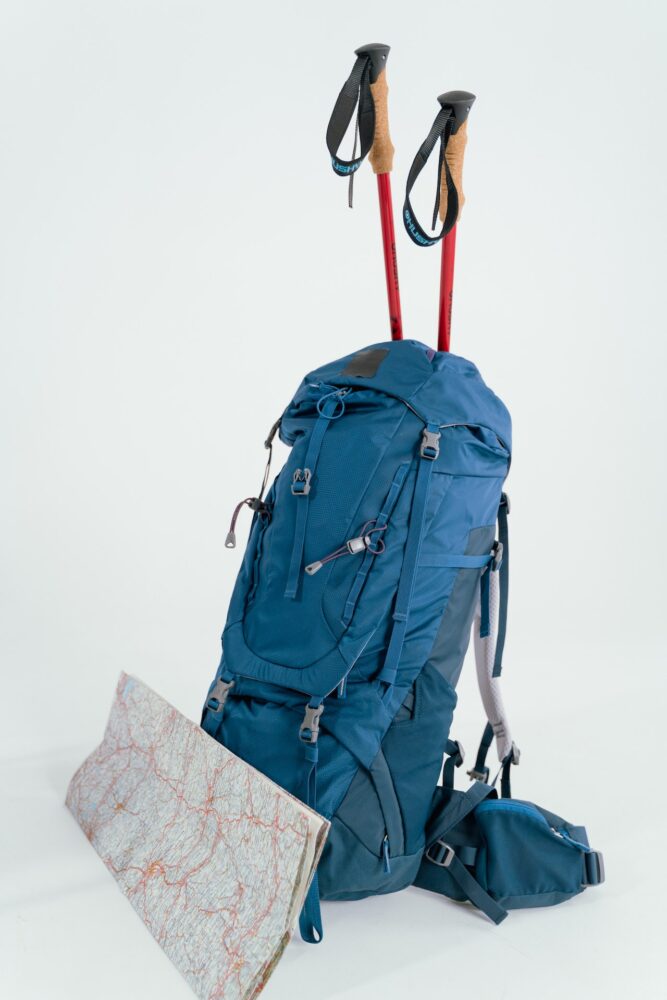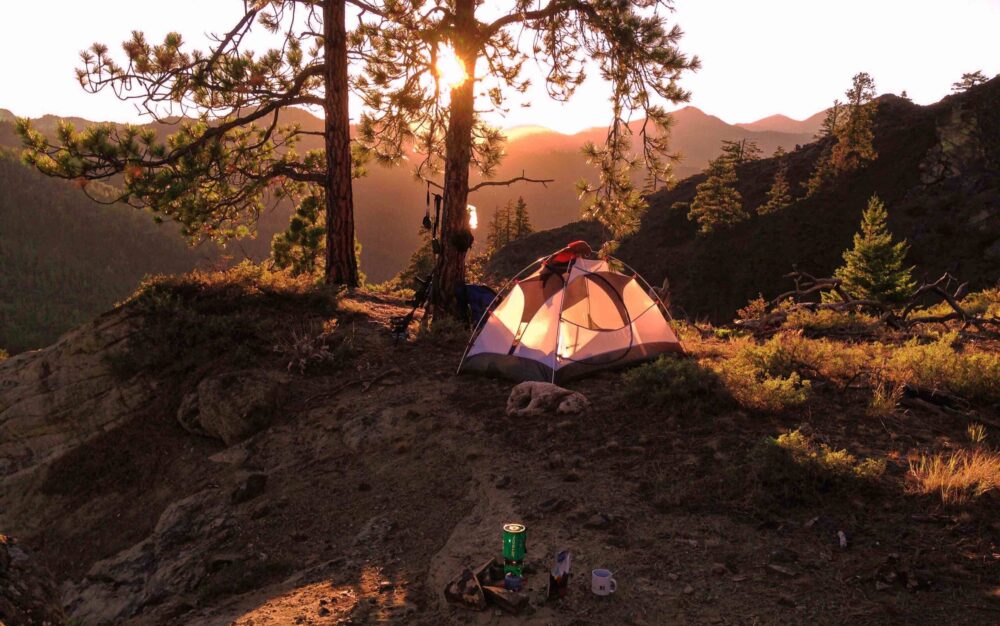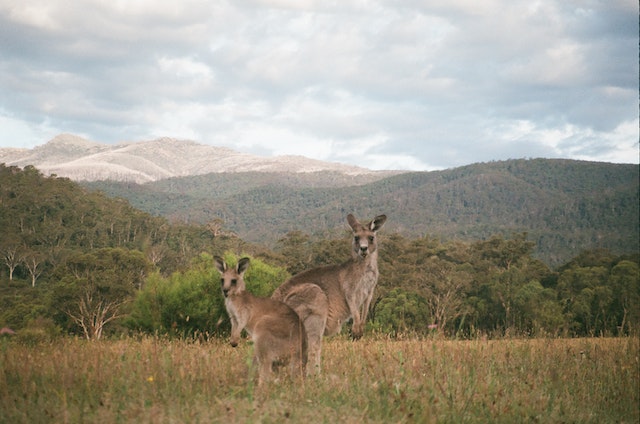What are the 5 Basics of Leave No Trace?
Exploring the beauty of nature is an incredible experience, but it’s crucial to do so responsibly and with respect for the environment. Leave No Trace (LNT) is a set of principles that promotes sustainable outdoor practices, ensuring that we minimize our impact on natural spaces. In this blog post, we will delve into the basics of Leave No Trace, equipping you with the knowledge to enjoy the outdoors while preserving its beauty for generations to come. Here are 5 Basics of Leave No Trace
1. Plan Ahead and Prepare: Minimize Your Impact in the Great Outdoors
Proper planning and preparation are essential for practicing Leave No Trace effectively.
a) Research the Area:
Before heading out, gather information about the area you plan to visit. Learn about any regulations, sensitive ecosystems, or specific guidelines in place. This will help you tailor your approach accordingly and minimize your impact.
b) Pack Appropriately:
Pack essential gear, clothing, and food for your trip. Consider the principles of lightweight and minimalistic packing to reduce waste and your overall impact on the environment. Bring reusable items and avoid single-use plastics whenever possible.
2. Travel and Camp on Durable Surfaces:
Protecting natural habitats and minimizing damage to the environment is a fundamental aspect of Leave No Trace.
a) Stick to Established Trails:
Stay on designated trails to prevent trampling vegetation and causing erosion. Straying off-trail can disrupt delicate ecosystems and harm plant life.
b) Campsite Selection:
Choose established campsites whenever possible to minimize your impact. Look for durable surfaces like rock, gravel, or areas with vegetation that can withstand use. Avoid fragile habitats, including meadows, wetlands, or fragile alpine areas.
3. Dispose of Waste Properly:
Waste disposal is crucial for maintaining the cleanliness and health of outdoor spaces. Do your part and help maintain natural beauty for all humans and animals to appreciate.
a) Pack Out Your Trash:
Leave no trace of your visit by carrying out all trash and waste with you. This includes food scraps, toilet paper, and any other items that do not naturally decompose. Dispose of them in appropriate receptacles when you return to civilization. If you find other people’s rubbish and take it with you, that goes a long way in minimizing human impact.
b) Human Waste:
When nature calls, make sure to follow proper waste disposal techniques. Bury human waste in a small hole at least 6-8 inches deep and 200 feet away from water sources, trails, and campsites. Use biodegradable toilet paper or pack it out if necessary.
4. Minimize Campfire Impacts:
Campfires can leave lasting scars on the environment if not managed responsibly. It’s a good idea to only have a fire when you need to.
a) Follow Fire Regulations:
Check if fires are permitted in the area you’re visiting. Abide by fire regulations and restrictions to prevent forest fires and protect fragile ecosystems.
b) Use Established Fire Rings or Stoves:
If fires are allowed, use established fire rings or designated fire pits whenever possible. Alternatively, use lightweight camping stoves for cooking, as they minimize the impact on the environment and eliminate the need for firewood.
5. Respect Wildlife:
Observing and appreciating wildlife from a distance without disturbing their natural behavior is essential for their well-being and your safety.
a) Keep Your Distance:
Maintain a safe distance from wildlife to avoid stressing or endangering them. Use binoculars or telephoto lenses to observe them up close without intruding on their space.
b) Do Not Feed Animals:
Feeding wildlife can disrupt their natural feeding habits, alter their behavior, and create dependency on human food, which can be harmful to their health. Avoid feeding animals at all costs.
Conclusion:
By embracing the principles of Leave No Trace, we can enjoy the great outdoors while preserving its natural beauty. Responsible planning, conscious waste management, respectful interactions with wildlife, and leaving minimal impact on the environment are key to ensuring future generations can experience the wonders of nature. Let us all take the pledge to leave no trace and be stewards of our precious outdoor spaces.





